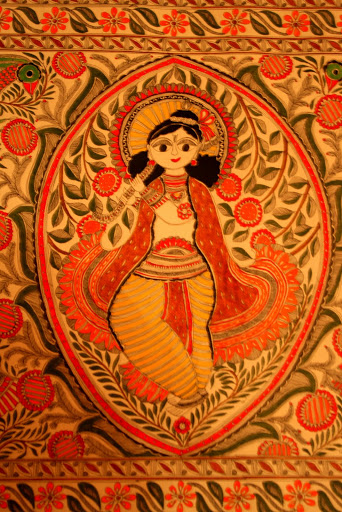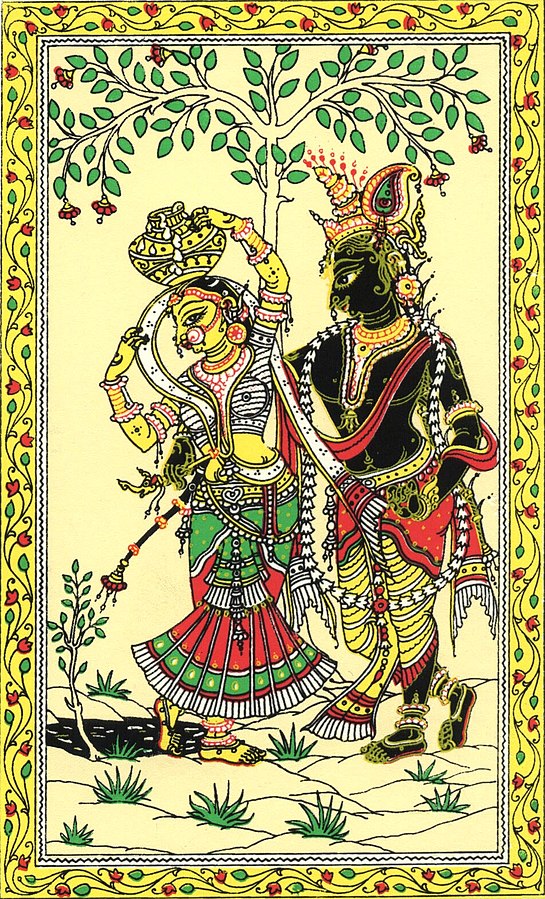India is known around the world to be the land of some of the richest art forms and cultural practices. It has been the home to numerous arts over the history of mankind. It has served as the breeding ground to folk arts that have either revolutionized the world or presented a distinctive image of our country in the eyes of the global population.
India has witnessed the evolution of the greatest art forms that have ever existed. Pottery, sculpture, paintings, wall and stone carvings, embroideries, you name it. And in a country which has a plethora of art forms, it is very difficult to believe that many of the arts are on the verge of decline.
Some of the art forms that are facing real danger of extinction because of the decline in patronage are listed below.
Some Endangered Arts
Puppetry
For instance, puppetry, which has been practiced in India since the time immemorial is currently facing the worst phase in its entire period of existence. There has been a tremendous decrease in the number of artists who know this art. Puppetry may even become extinct in the next few years despite the efforts made by several organizations to keep it alive and kicking.
Rogan Painting or Rogan Printing
Rogan painting made with metal rods, castor oils, and paints on the fabric is a rare art form. Presently, there are only six people in the world who practice this and they all belong to one single-family from Rajasthan. This art is also nearing its end as the family is pretty sure that the coming generations aren’t that interested in mastering the skills.
Madhubani or Mithila Painting

Another example can be the well-known Madhubani Paintings or Mithila Paintings. It was originally a folk art practiced by women of Mithila, a small village in the state of Bihar. The paintings are made by various tools including wooden twigs, matchsticks, brushes, and even fingers with natural dyes. These are considered unique because of their geometrical patterns. But this art form is practiced only in one village and that too by only a few women and is thus a dying tradition.
Other Examples

And there are plenty of others like Manjusha paintings, Dhokhra handicraft, Pattachitra, Parsi embroidery, Tarakasi, Patola saris, and the list goes on and on.
Reasons Why These Arts are Fading
One question will arise in your mind – why are such great arts dying?
Financial Condition
Firstly, most of the artists who practice such arts belong to the middle-class category in terms of financial conditions, or sometimes even to the poor class as they aren’t well paid for the works they produce. There’s massive exploitation in these fields. So, every artist wants his/her ward to grow up to be a doctor, an engineer, a lawyer, or anything but an artist.
Rise of Social Media
Secondly, today’s youth are often influenced by social media sites like Instagram and Facebook. They want to live a lavish life, spending money with open hands and earning fame. Clearly, it’s not possible if they rather choose to pick up the art that their parents have been practicing. Arts are known to thrive in small villages and towns rather than big cities. There’s a trend of moving towards developed cities with better job opportunities and better industries where arts and traditions are not of much value now.
Lack of Time and Disinterest
Thirdly, the young generations do not have much patience or the potential to master the skills in specific arts as they’re more focused on studies and jobs. Some even find these arts comparatively boring to scrolling through social media feeds.
The Apathy of Common People
And last but not the least, one of the major factors behind this is the disinterestedness of the common masses in Indian artworks and handicrafts. People prefer factory-made branded goods over the hand-made ones.
The Remedies
Arts which were once the soul of Indian heritage are now being deteriorated to mere means of survival for the ones who are keeping them alive. Our historic heritage is being tampered with and we’re an audience to this doomed show.
In this scenario, there is a need for major steps to be taken to preserve the exquisite heritage of India. The legacy must be carried by the artists to keep our culture pristine. And for those who aren’t related to the arts can at-least opt for traditional Indian handicrafts instead of the industrial counterparts. It’s quite obvious that artists are hungry for appreciation. And if a thing as simple as that can help retain their dedication towards their work, why not give them loads of it?
Step by step, there are some efforts that can be taken to restore the heritage which was once the greatest identity of this great nation.

Pingback: All Major Forms of Puppetry Practised in India - Auchitya
Pingback: All Major Forms of Puppetry Theater in India - Auchitya